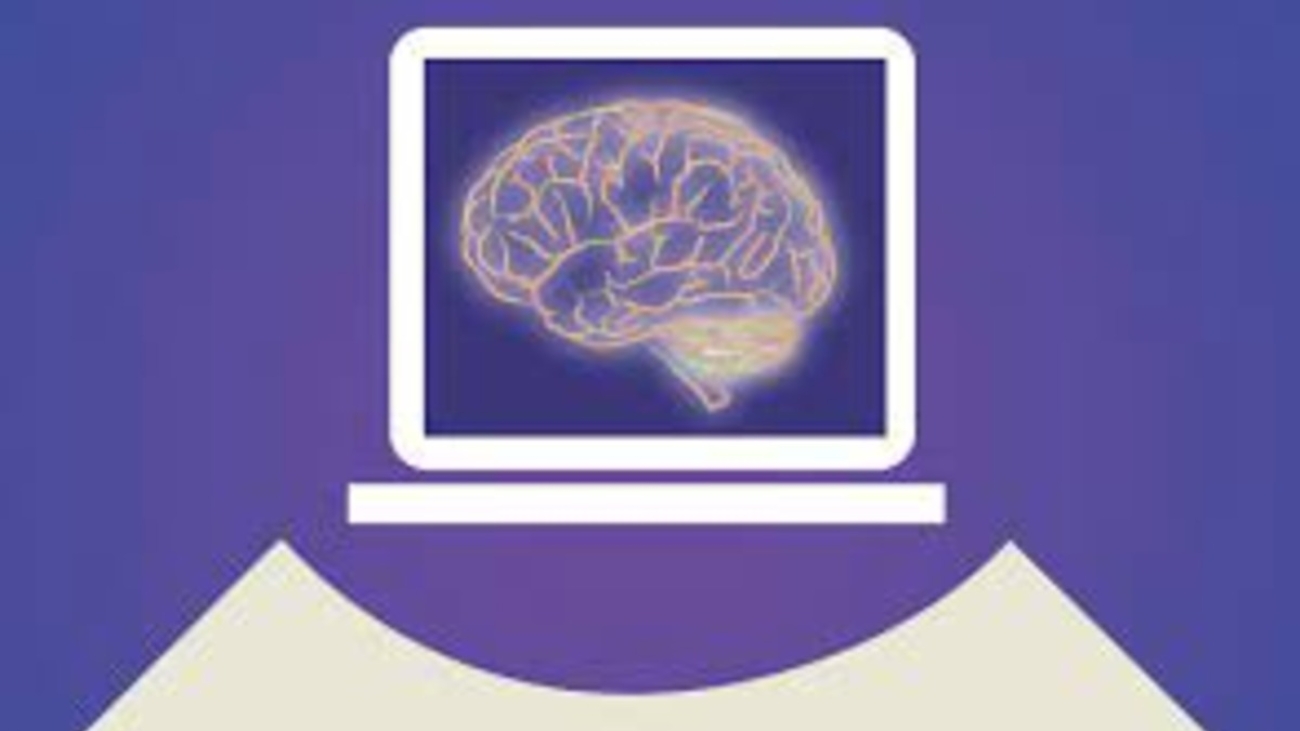If you are thinking about starting a career in radiology, you should know that there are opportunities and challenges that are arising in the profession. There is also a need to prepare for future changes in the industry. Recruiters are playing a larger role in attracting and retaining radiologists. They are also putting an emphasis on online portals to collect data and share it with patients. Other challenges that have arisen are staffing and protocols.
Managing protocols remotely
When planning a remote examination, you must consider how the various systems in your facility are going to be affected. For instance, you may want to ensure that your imaging EMR is vendor-neutral to avoid limiting your radiologists’ ability to access images. You should also consider using artificial intelligence (AI) to streamline the balancing of your radiologists’ workloads.
The American Board of Radiology (ABR) has published a detailed guide to remote examination. It provides information about space requirements, basic computer requirements, monitor self-checks, and more.
One of the biggest challenges when implementing a remote exam is ensuring that all examination protocols are quality-assured. This is important for regulatory compliance, as well as for workflow. A high-quality protocol and dose management system can help you eliminate redundant data and streamline the reporting process.
In addition to this, it is essential that you maintain a vendor-neutral archive for your imaging EMR. This will enable you to minimize your reliance on external readings. Likewise, it will be crucial to develop a strong backup coverage system to ensure that you can continue functioning even in the event of an ill radiologist.
Another challenge that you will face is keeping up with the number of scans that you need to process. During a busy period, you are likely to find yourself short-staffed. Whether your division is at a hospital or at your home, it is important to have procedures in place to deal with this.
One way to address this issue is to develop a team of workflow facilitators. These individuals can limit clerical responsibilities while allowing the radiologist to focus on patient care. They can also help reduce frustrations for both radiologists and their clerical staff.
To avoid these issues, it is important to implement a reliable remote radiology solution. This can include smart remote radiology reporting systems, RIS/PACS, and radiology EMR software. All of these tools can be used to allow your radiologist to work from home. Regardless of where they are, they will still bring valuable expertise to your patients.
Online portals for personal health data
Online portals for personal health data in radiology have proven to be an important tool for patients and providers. In addition to providing access to clinical information, these portals offer a variety of features. They can be used to remind patients of their appointments, exchange secure messages with their care providers, and provide educational material.
These patient portals are password protected and tethered to a clinician’s electronic health record. Patients can use their computer or a mobile health app to log into the portal. The use of these portals has increased in recent years. However, there are some challenges and opportunities for radiologists and patients.
One of the biggest challenges for patients using an online portal is logging in. One-quarter of users reported having problems logging into the portal. Another quarter requested correction of inaccurate information in the portal. Some individuals were uncomfortable using a computer.
Some of the most common reasons for not using an online portal include concern about security and privacy. One-quarter of people who did not use the portal said that they were concerned about privacy.
The most frequently accessed health information on the portal was clinical notes. More than half of the patients who used the portal viewed clinical notes written by their health care provider in 2020. Other commonly accessed health information included radiological reports and lab values.
Some patients prefer to discuss their health information with their health care provider. For example, nearly seven in 10 respondents preferred to talk with their provider in person. Others prefer to use a traditional referrer-based model of clinical data.
Online portals for personal health data in radiology can offer patients a better and more coordinated way to receive care. This may reduce unnecessary office visits, provide a more coordinated approach to medicine, and improve the quality of patient care.
As more patients gain access to online portals for their personal health data, providers will need to prepare to handle more direct communication with patients. Radiologists and physicians need to be prepared to answer questions about their imaging results.
Recruiters are playing a more significant role in attracting and retaining radiology talent
The role of recruiters in attracting and retaining radiology talent is becoming increasingly important in the coming years. This is due to the growing demand for these specialists in both public and private settings. It’s an extremely competitive environment that requires talent acquisition leaders to make sure their organization is keeping up with the times.
The key is to get the right person for the job. The best recruiters are able to understand the needs of both their clients and candidates. They treat candidates with respect and integrity.
There are several recruitment trends that will shape the industry in the coming years. These include new hiring technologies and increased competition for top performers.
The use of predictive analytics will help recruiters predict how long a candidate will stay with a company. Predictive analytics are also useful for identifying a candidate’s likelihood of accepting an offer. Robots can automate some of the more mundane recruiting tasks, saving time.
Recruiters are expected to work from home more often in 2023. Remote interviewing via video conferencing tools is becoming more popular. In addition, some employers are implementing internal mobility programs as retention strategies.
Job seekers are turning to social media for more information about a company. According to Glassdoor, 86% of users read reviews about a company before applying.
Investing in employer branding is another trend that is expected to increase in the coming year. Although a majority of organizations do not promote themselves on social networks, 3 out of 4 employees say they would be more likely to accept an offer if their employer did.
Increasing cost of living is adding headaches to the list of recruiting challenges. A large number of African Americans continue to experience high unemployment rates.
Despite these challenges, recruiting can be a rewarding career. Recruiters get to meet lots of people and learn about their backgrounds. Finding the perfect match can be a life-changing experience.
One of the most important aspects of recruiting is balancing the needs of the company with the wants of the candidate. Candidates are often more willing to consider a company if they feel they can fit in with the organization.
Staffing challenges
The challenges facing radiology departments are numerous. From a high burnout rate to inefficiencies in workflows, there are many issues that can impact a radiology team’s daily operations. However, with the right tools, these challenges can be addressed and mitigated.
One of the biggest challenges radiology administrators face is the need to streamline workflows and optimize productivity. This can help reduce inefficiencies and prevent staff burnout.
Other challenges include a limited supply of qualified candidates. A shortage of non-physician radiology providers can pose a serious risk to health systems. By offering a variety of services, health systems can attract more diverse talent and better manage risk.
Another challenge radiologists face is managing a large caseload. As the number of patients grows, they must work harder to meet their workload. In some cases, this can lead to missed emails and claims that are not approved by insurance companies.
To address this, the ACR has developed several resources to help combat burnout. These include case studies for health system leaders and individual tools for radiologists.
In addition to these resources, radiologists must also prepare for future supply disruptions. New technologies, such as artificial intelligence (AI), are making it possible to increase the amount of work done by a radiology team.
For example, AI applications can help physicians improve the efficiency of their diagnostics and treatment decisions. They can also automate the creation and sharing of protocols. Using remote tools to streamline imaging operations can help support radiologists’ need for consistency in the way they provide their services.
Additionally, as the population ages, there will be more demand for medical services. In fact, about 80 percent of health system visits will include at least one imaging exam.
With these demands on the industry, it’s crucial for radiology departments to find solutions that will streamline operations and reduce the stress of radiologists and other staff members. One of the best ways to do this is to invest in new technologies. Advanced imaging tools can automate a wide range of tasks, including tracking and interpreting images.










